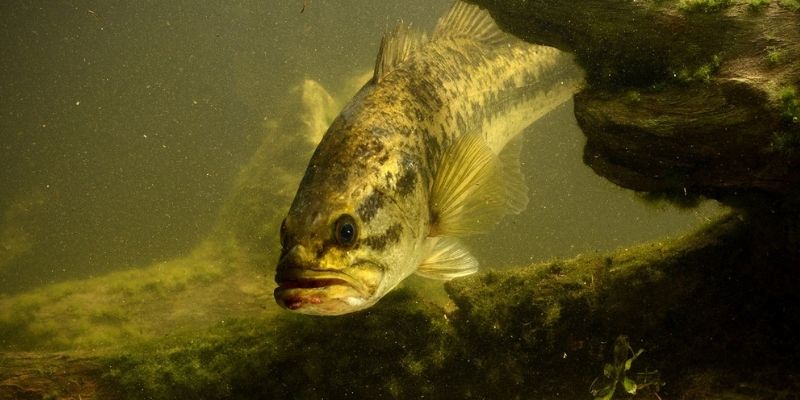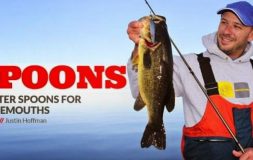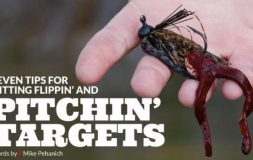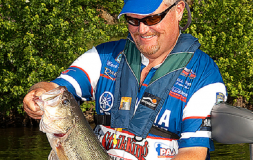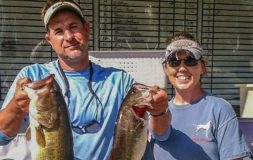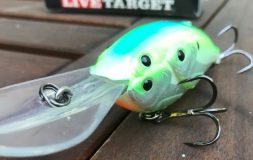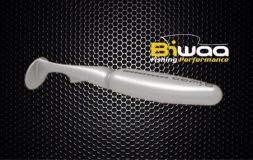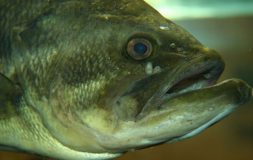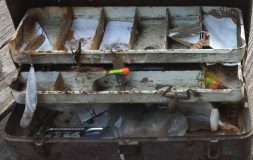What is prespawn bass fishing?
Written by Andrew Schadegg
Around this time of year you start to hear some technical terms thrown around a lot. Prespawn, migration routes, wintering areas and the list could go on. If you’re not a seasoned angler, maybe just starting out in the sport or perhaps even been fishing for a while, but trying to take it to the next level, it’s very easy to get confused.
So let’s simplify it and define some terms to get you all caught up and ready to get out on the water and maximize this awesome time of year!
Let’s break this down a bit.
First off, know that the prespawn can be the best fishing of the entire year and also the best chance to catch a GIANT bass. The reasoning is two-fold. Bass are hungry and the big bass are vulnerable. When bass leave their wintering areas… dang it, one of those phrases again! Let’s define.
Ok, where were we? When bass leave their wintering areas, they start to feed up heavily to get ready for the spawn. This is when the bigger females pair up with the smaller males and they mate. Eventually, they move up on shallow areas or flats, make circular beds, lay their eggs and hang out to guard them for a bit. Before they get to those shallow areas, however, they move from those wintering areas to their spawning grounds via what we call migration routes.
Ready for another definition?
Figuring out these migration routes are key to find the fish in the prespawn time. A great rule of thumb is to study some maps. Find your big creek arms or bays that look like they might have a good flat area for the spawn. If you’ve fished a body of water in the spring before, you might know where these areas are already. Follow out from those areas to the deeper spots and nearest points, ledges or breaks that seem like they would be good holding areas for the bass before they get up into the shallows.
Try working fast moving reaction lures such as lipless cranks, jerkbaits, topwater, swimbaits or spinnerbaits. These are going to help you cover water quickly and find those aggressive fish. Once you identify the types of areas they are using to transition, you have a good chance of loading the boat in a hurry.
Hopefully this helps clear up a few of those pesky words and will help you figure out the prespawn bass fishing puzzle this season.
Here’s a handy guide to a general bass migration route in the springtime:


